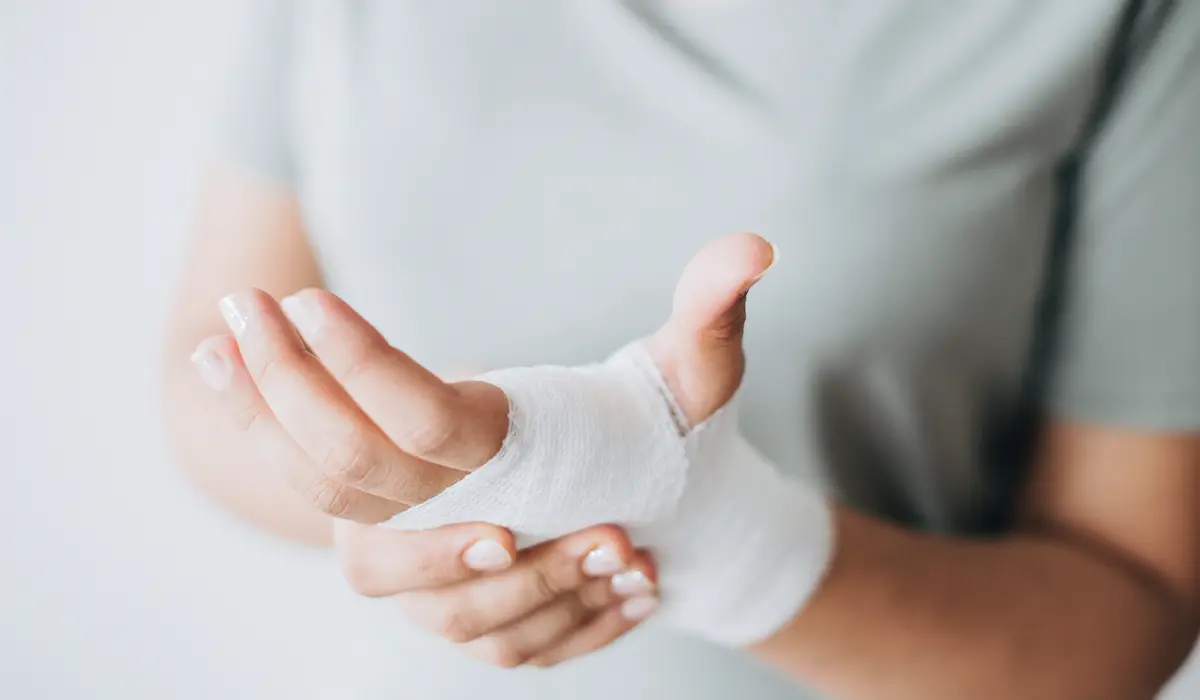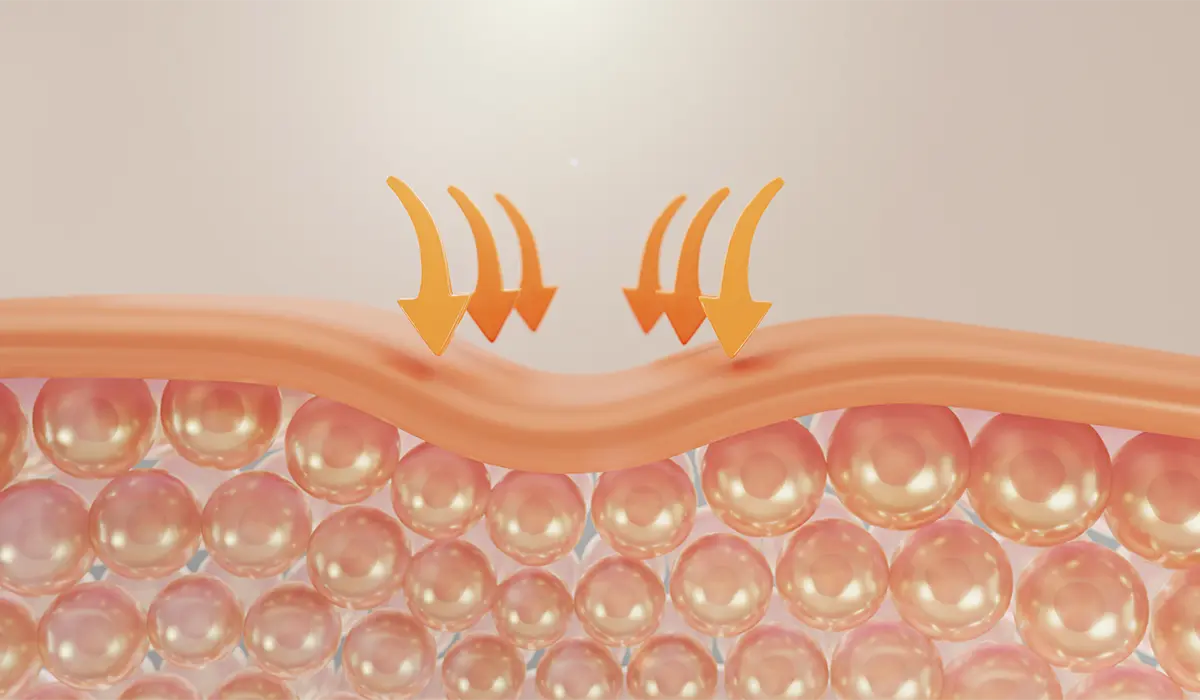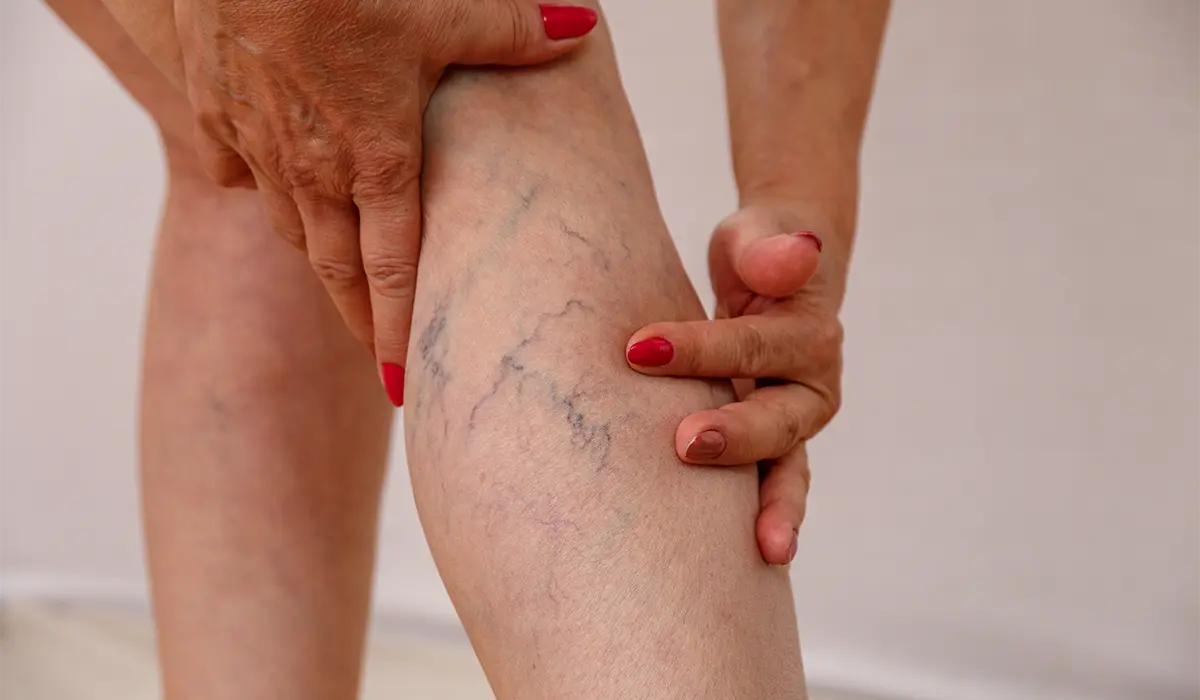If a wound does not heal as expected within 3–4 weeks, it is called a “chronic” or persistent wound. Chronic wounds are not just a skin problem; they are often a reflection of systemic diseases in the body. These types of wounds are especially common in people with diabetes, those with vascular occlusions, or individuals with limited mobility. In this article, we will examine in detail why chronic wounds do not heal, the risks they carry, and the innovative treatment options currently available.
Types of Chronic Wounds:
- Diabetic Foot Ulcers: Occur in individuals with diabetes due to nerve damage and circulation disorders.
- Venous Ulcers: Wounds that develop as a result of venous insufficiency in the leg, usually located around the ankle.
- Pressure Sores (Decubitus Ulcers): Occur in individuals who remain in the same position for long periods, causing damage to the skin and underlying tissues due to pressure.
- Arterial Ulcers: Develop as a result of arterial blockage, where tissues do not receive enough oxygen and wounds form.
Why Don’t They Heal?
- Poor circulation (arterial or venous)
- Uncontrolled diabetes
- Infection
- Improper dressing or lack of local wound care
- Malnutrition
- Weakened immune system
Modern Treatment Approaches:
- Debridement: Controlled removal of dead tissue from the wound area.
- Biofilm Management: Controlling microbial layers.
- Advanced Dressing Technologies: Moisture-balanced, silver-containing, hydrogel, or foam dressings.
- Negative Pressure Wound Therapy (NPWT): Accelerating healing by applying negative pressure to the wound.
- Regenerative Approaches: PRP, growth factors, and stem cell-based treatments.
Conclusion:
Chronic wounds are not just wounds that do not close over time; if left untreated, they can cause infection, tissue loss, and even amputation. With accurate diagnosis, a multidisciplinary approach, and a personalized care plan, healing of these wounds is possible. Patient awareness of regular check-ups, good nutrition, and medical follow-up is vital for successful treatment.





